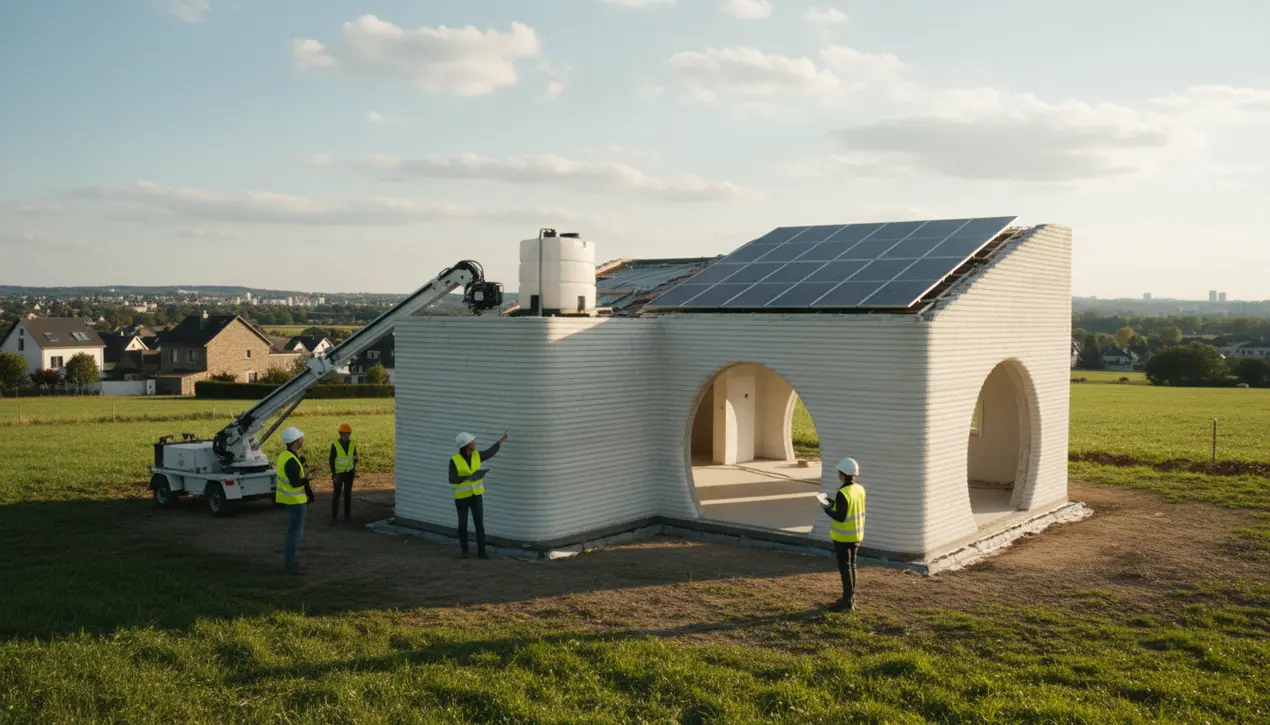
Scienceclimate scienceSustainable Development
Tiny House LUX: How a 3D-Printed Home is Reshaping Luxembourg's Housing Future
RA
Rachel Adams
22 hours ago7 min read3 comments
In a quiet Luxembourg neighborhood, a construction revolution is underway, powered by the steady hum of a 3D printer. Tiny House LUX, the country's inaugural 3D-printed dwelling, represents a breakthrough in addressing the dual crises of housing affordability and environmental sustainability.This pioneering project transcends architectural novelty, offering a viable blueprint for high-density, low-impact living in a nation grappling with intense land pressure. The additive manufacturing process builds structures layer by layer, slashing the material waste that plagues conventional construction—where up to 30% of resources typically end up in landfills.Beyond its efficient construction, the home functions as an integrated ecosystem, incorporating rainwater harvesting, solar energy generation, and superior insulation to minimize its ecological footprint. This approach aligns with the urgent need for housing solutions that work in harmony with nature rather than exploiting it.The implications extend far beyond this single dwelling: Tiny House LUX could catalyze policy reforms, inspire updated building codes, and accelerate adoption of circular economy principles in construction. While scaling this technology faces regulatory and perception challenges, the project demonstrates that the future of housing need not compromise between ecological responsibility, affordability, and aesthetic quality. It stands as a powerful testament to how innovation can create shelters that simultaneously nurture residents and protect our planet's delicate ecosystems.
#3D-printing
#sustainable architecture
#tiny house
#eco-friendly housing
#Luxembourg
#construction innovation
#featured
Stay Informed. Act Smarter.
Get weekly highlights, major headlines, and expert insights — then put your knowledge to work in our live prediction markets.
Comments
Loading comments...
© 2025 Outpoll Service LTD. All rights reserved.